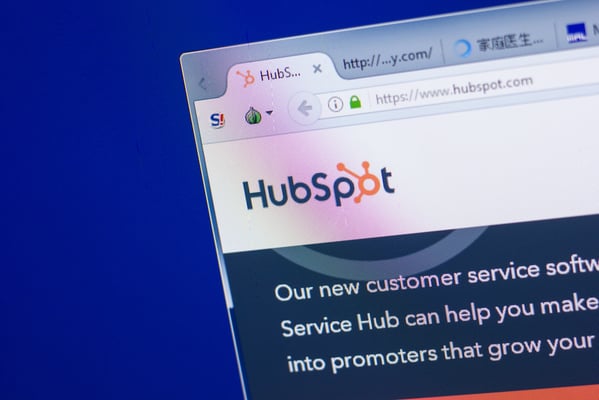Subscribe now and get the latest podcast releases delivered straight to your inbox.
HubSpot’s CMS Memberships for Blogs Makes Sharing Exclusive Content Easier Than Ever

By Iris Hearn
Feb 26, 2019

HubSpot recently announced that CMS Memberships will now be available for blogs.
For those who aren’t aware, CMS memberships are a feature HubSpot launched in October of 2018 that allows users to specify a list of contacts who should have access to content.
Once that list is created, every individual can create their own username and password to log in to view that content.
Up until last week, this feature was only available for webpages, but now when this feature is activated on blogs, it means contacts can’t access a specific article - or receive subscription emails - unless they are a member of a specific list.
But Wait, Why?
If the whole point of your blog is to attract traffic and visitors, why would you want to make it private?
Well, there are a few possible use cases.
For example, if you’d like to create a customer portal in your website where they can view specific information, pricing, or exclusive content, you can gate it behind a login using the CMS Membership tool.
This creates a sense of community and exclusivity.
HubSpot does note, however, that this feature does not encrypt data on the page, so it shouldn’t be used in place of user accounts, or have any sensitive data about your customers.
How Marketers Can Use CMS Memberships on their Blog
A few ways marketers can utilize this feature include:
-
Creating gated content for your customers only - possibly offering product updates, exclusive access to events, and more. This can help delight your customers and help your retention rates.
-
For events, you can create a blog based around the event, and only invite registrants to view. Here, you can put important information leading up to the event, or information to prompt them to get excited for what’s to come.
-
You can create a “members only” blog - similar to what many do with newsletters. This provides exclusive content to a select group of subscribers, boosting your chances of someone deciding to join.
While this may not be the best move for awareness or attracting your audience, it can be an effective way to capture information once they’ve already discovered your content. For brands that produce high-quality content for each stage of the funnel, it can compel them to subscribe while they’re still in the consideration stage.
How Do You Get Started?
To turn on the CMS Memberships in your HubSpot blog, simply go to “blog settings” and navigate to “Control Audience Access.
From there, check the box that marks “This is a private blog” and select the list of people that can access it.
Free Assessment: